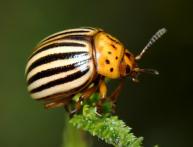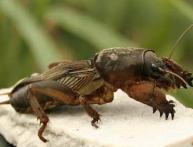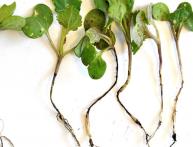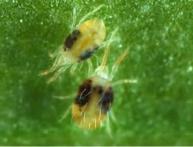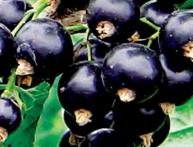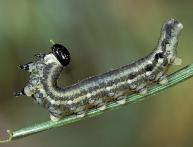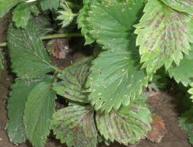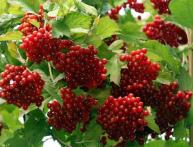Strawberry diseases
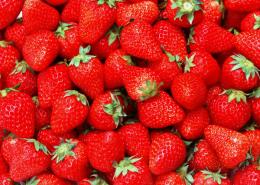
Every summer resident and gardener strives to maintain his garden in exemplary order; for this purpose, he applies fertilizers to the soil, hills the plants, collects pests, and waters the plants. But, despite all efforts, plants are often affected by viral, fungal and bacterial diseases, and they lie in wait for the garden from the very early spring until the end of the summer season. When fertilizing strawberries, a summer resident often brings pests and various diseases to his plot along with manure. Insect pests can also be carriers of the infection.
It is very difficult to cure the disease, and there are no such drugs, so most often you have to remove the source of infection in order to prevent infection of other plants in the garden. The most common are fungal diseases of strawberries; they become active at the end of summer; if you look at the leaves of strawberries at this time, you can often notice that they are affected by powdery mildew. Also in August, fusarium and spot blight, late blight, are active. To prevent these unpleasant strawberry diseases from causing a lack of harvest, it is necessary to carry out regular preventative measures to prevent fungal diseases rather than treat them.
Strawberry diseases:
• defeat by gray rot;
• damage by black rot;
• powdery mildew;
• brown spot;
• brown spotting;
• white spotting.
To avoid diseases of garden strawberries, it is necessary to place beds with this crop in open areas where there is a lot of sunlight.Low temperatures are favorable for the proliferation of fungal diseases, which lead to a decrease in yield.

